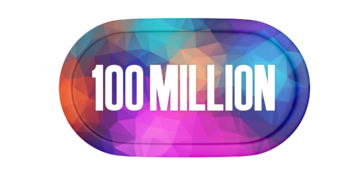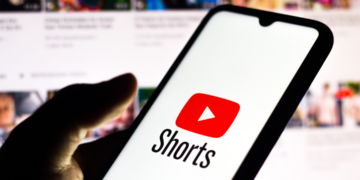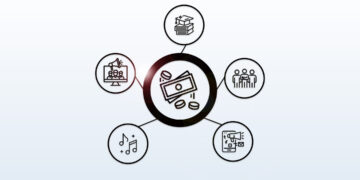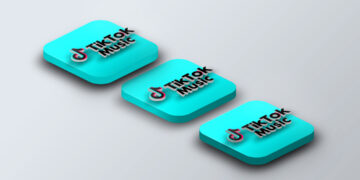Share revenues with your fans
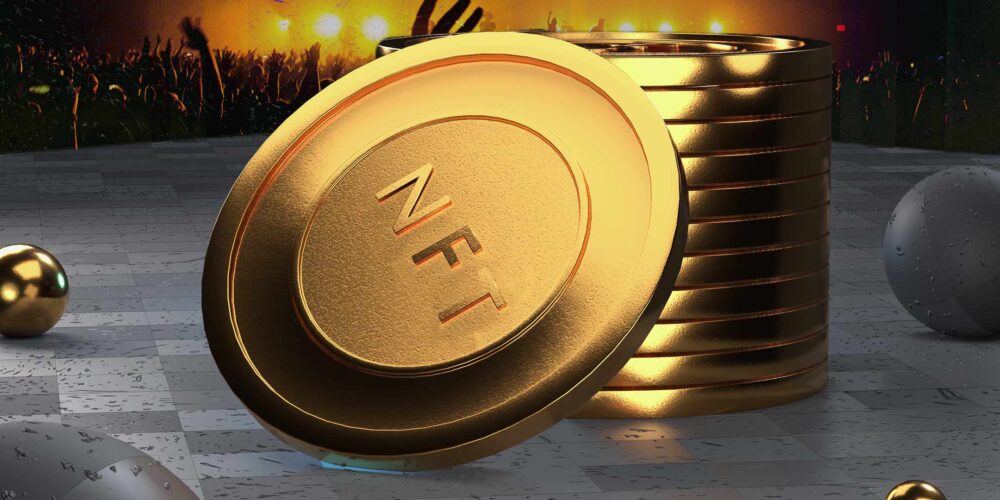
- Why selling part of your rights as an NFT is an interesting option
- What risks there are and why you should keep an eye on the price
- Based on the example of Nas, we show that the prices are often set too high
When a musician decides to sell an NFT to their fans, it inevitably raises the question of what exactly it is they are offering. One of the most interesting possibilities is to share the revenues from the artist’s songs with their fans.
In the meantime, more and more platforms have popped up that allow artists to sell a portion of their master and/or publishing rights to the fans. Some of these include Royal, Opulous, Royalty Exchange, Amplifyx, Band Royalty, and various others, although these are not based on NFTs.
Many of these platforms are still at the very beginning of their development or, at the moment at least, not yet available to all musicians. As is often the case in the NFT world, many things here, too, are still in their infancy.
Financing via song rights sale
The biggest advantage for artists is obvious: you get the revenues right then and there and don’t have to wait for the payout from streaming services. The fans, on the other side, feel good as they own a part of the song and also have the opportunity to share in its profits. This, of course, can also attract investors, who might be less interested in the music than in the financial gain.
But of course, there are also a few possible challenges. First, there is the question of who owns the rights to the music. If there are other parties involved, like a label, for instance, things quickly get complicated. Additionally, you are selling a portion of the rights to your own music, which is what many independent artists usually try to avoid at all costs. Last but not least, you have to ask yourself at what price you are willing to part with these shares.
If you set it too low, you will logically miss out on revenues. But if it’s too high, some fans could be disappointed or upset if they can’t even recoup their investment. The die-hard fans might not care about that, since they primarily want to support the artist. But for many others, the situation is likely to be different. If the fans or investors think that they’ll never get back what they put in, they probably won’t want to invest in song rights in the future.
NFTs from Nas: investment hardly recoverable
One example for prices often being set too high at the moment is the recently wildly discussed NFT drop by Nas. On the platform royal.io, the artist offered 50% of the revenues for two of his songs (“Ultra Black“ from King‘s Disease and “Rare” from King‘s Disease II). For each track, there are three different levels: 50, 250, or 4,999 USD, or in fact, 99, 499 or 9,999 USD. With that, you can buy a 0.0133-2.14% share of one of the songs.
We have analyzed how many streams it would take just to recoup the investment. We used a rather optimistic estimate where one million streams generate 5,000 USD. To get your investment back for “Ultra Black”, the song would need to generate a minimum of 46.72 million streams (current status: 8.12 million on Spotify). For “Rare,” it would even be 126.66 million streams (current status: 11.07 million on Spotify). Only when that 46.72 and 126.66 million mark is hit, respectively, the investors will begin to see returns on their investments. But it remains more than questionable whether this will happen at all.
What’s particularly troublesome is that both songs have been available for quite some time and it would therefore have been foreseeable that the prices are set very high. Both artists and platforms are thus walking a very fine line, especially when they make promises that the artist and the fans will both profit. But if that is not the case, the rising interest might subside again soon despite the undoubtedly huge potential.


